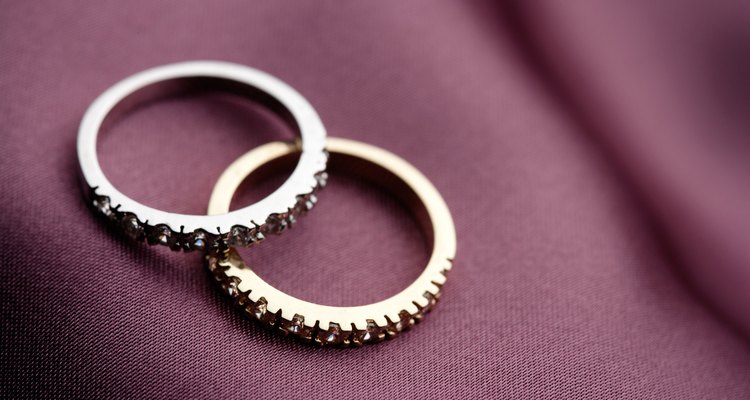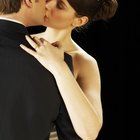
Straight couples can and do have commitment ceremonies. Commitment ceremonies provide the ritual feeling of a wedding without the legal red tape. For this reason, couples that choose a commitment ceremony can tailor their ceremony however they desire. Some straight and homosexual couples even include religious rituals in their commitment ceremonies.
Why Couples Choose Commitment Ceremonies
Gay and lesbian couples that can't legally marry in their states often have a commitment ceremony to publicly declare their love and commitment to each another. Straight couples who do have the option to marry sometimes choose to have a commitment ceremony instead of a wedding for reasons such as wanting to avoid the legal ties that come with marriage or wanting to support their gay and lesbian friends who can't marry. It's perfectly acceptable for a straight couple to hold such a ceremony; however, it's essential to understand that the downside of being "unmarried" is that you don't get certain benefits, like tax advantages and medical coverage under your partner's plan, which come with legally tying the knot.
Related Articles

Can You Have a Wedding Without ...

What Is a Commitment Ceremony?

Can a Notary Republic Marry People?

Easiest Places to Get Married

How Can I Get Certified to Marry People?

What Is the Proper Way to Get Married ...

How to Get a Christian Counselor ...

What Is the Proper Gift for People ...

What Religions Do Not Allow You to Have ...

Types of Marital Status

Types of Ceremonies

Who Can Legally Perform a Wedding ...

Seventh Day Adventist Wedding Ceremony

How to Get Married at the Justice of ...

How to Become a Nonreligious Wedding ...

What Is a Marriage Affidavit?

How to Get Married Without the Wedding

What Is the Difference Between a Civil ...

How Long Does it Take to Get Your ...

How to Fill Out a Marriage Certificate
References
Photo Credits
Jupiterimages/Photos.com/Getty Images